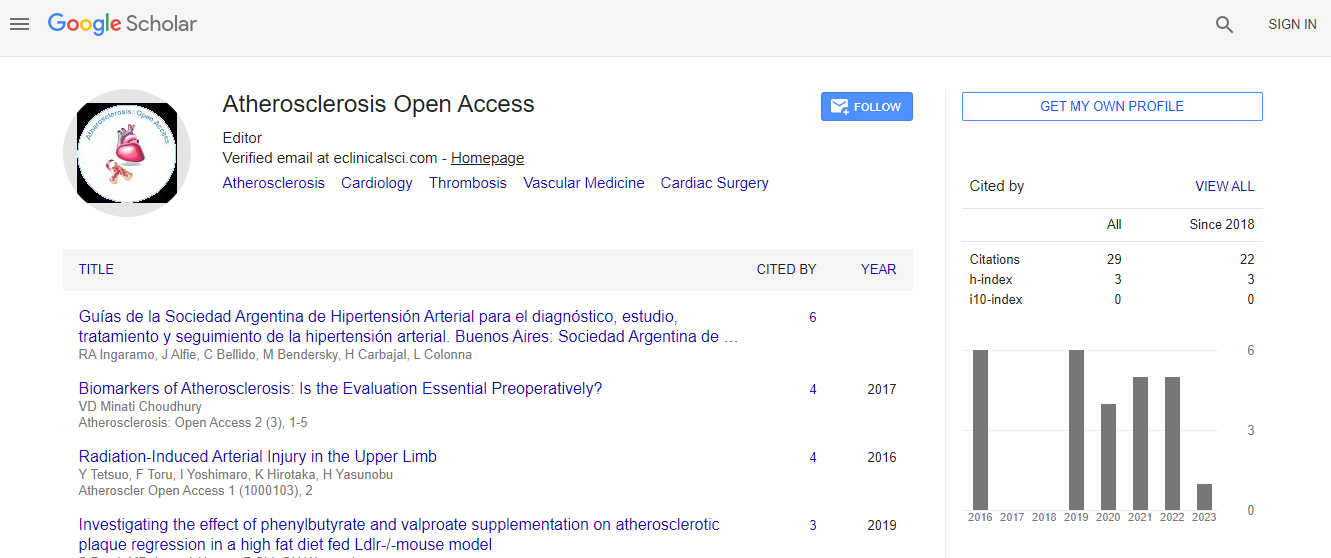Current Opinion on Physiological Pacing and New-Onset Left Bundle Branch Block after Transcatheter Aortic Valve Replacement
*Corresponding Author: Zhang JF, Department of Cardiology, Zhejiang University of Medicine, Hangzhou,Zhejiang, P.R, China, Tel: +86 571 86006241, Email: zhangjiefang@zju.edu.cn
Copyright: © 2021 . This is an open-access article distributed under the terms of the Creative Commons Attribution License, which permits unrestricted use, distribution, and reproduction in any medium, provided the original author and source are credited.
Abstract
Transcatheter aortic valve replacement is increasingly used to treat patients with aortic stenosis who are considered to be high-risk for surgical replacement. The occurrence of new conduction abnormalities remains to be a vexing issue. New-onset left bundle branch block is a major concern and may affect prognosis after transcatheter aortic valve replacement. Understanding the intimate relationship between the conduction axis and the aortic root, in addition to elucidation of factors related specifically to the procedure, devices, and patients, might help to reduce these conduction abnormalities. Physiological pacing appears as a reasonable pacing modality for patients with cardiac insufficiency, especially when combined with left bundle branch block and should be applicable to patients post valve replacement. The purpose of this review is to summarize the current opinion on the incidence of newonset left bundle branch block associated with transcatheter aortic valve replacement, to offer insights into its anatomical and procedural causes, clinical consequences, and more importantly, the prospect of applying physiologic pacing as a therapeutic method for these patients.

